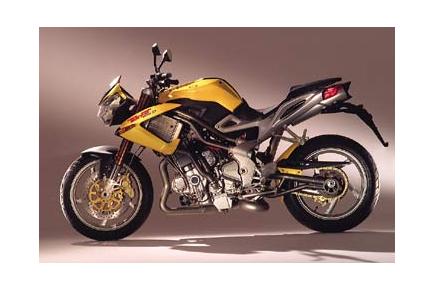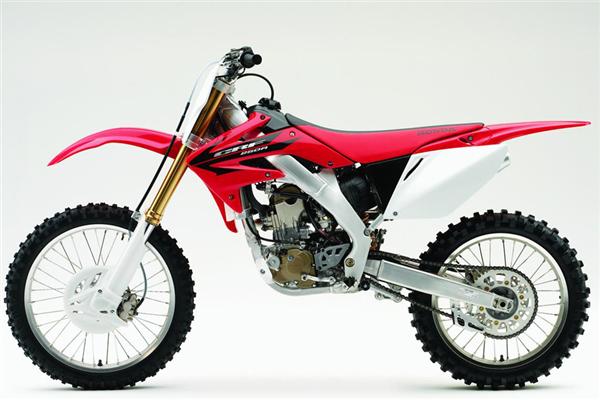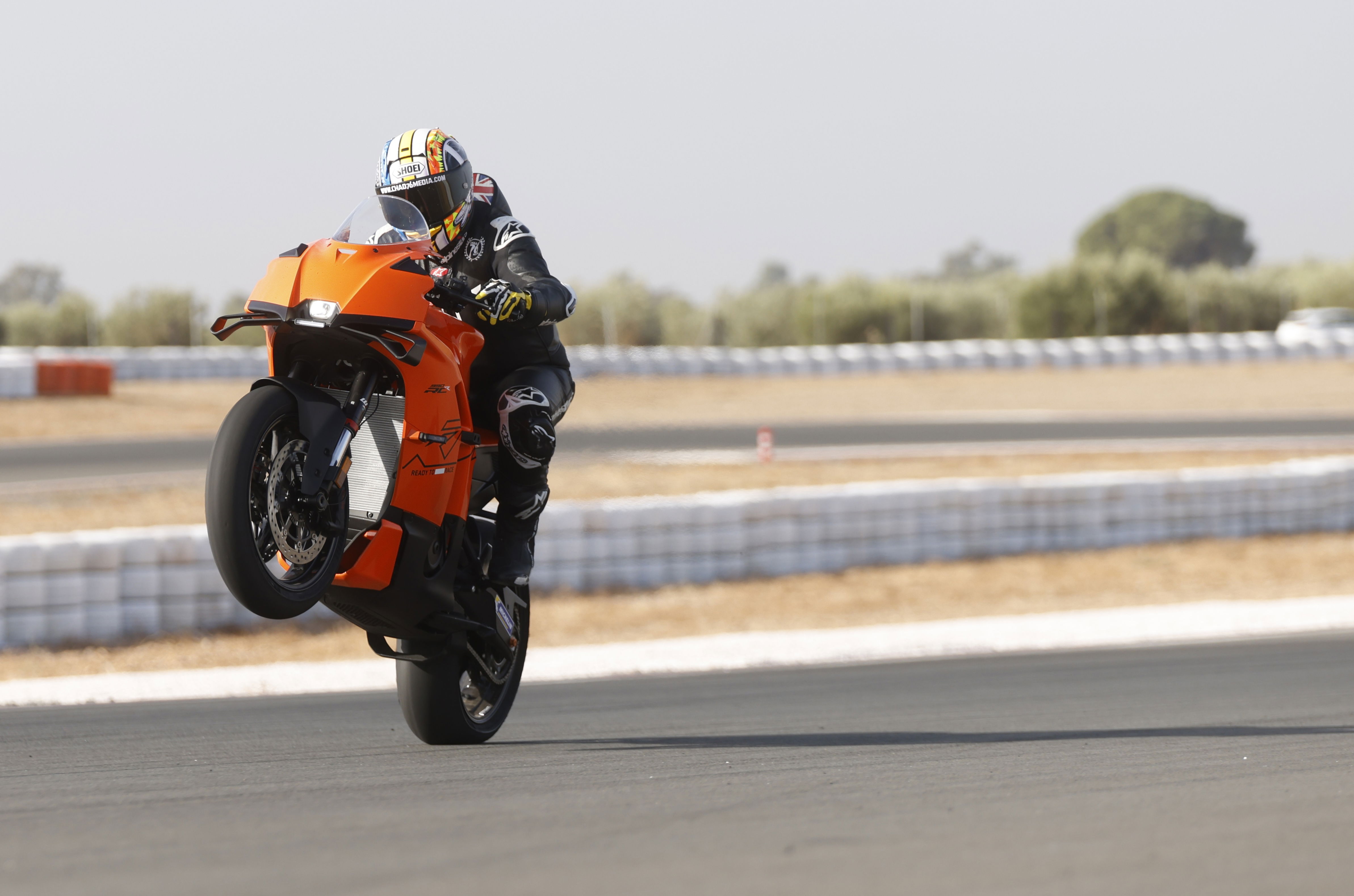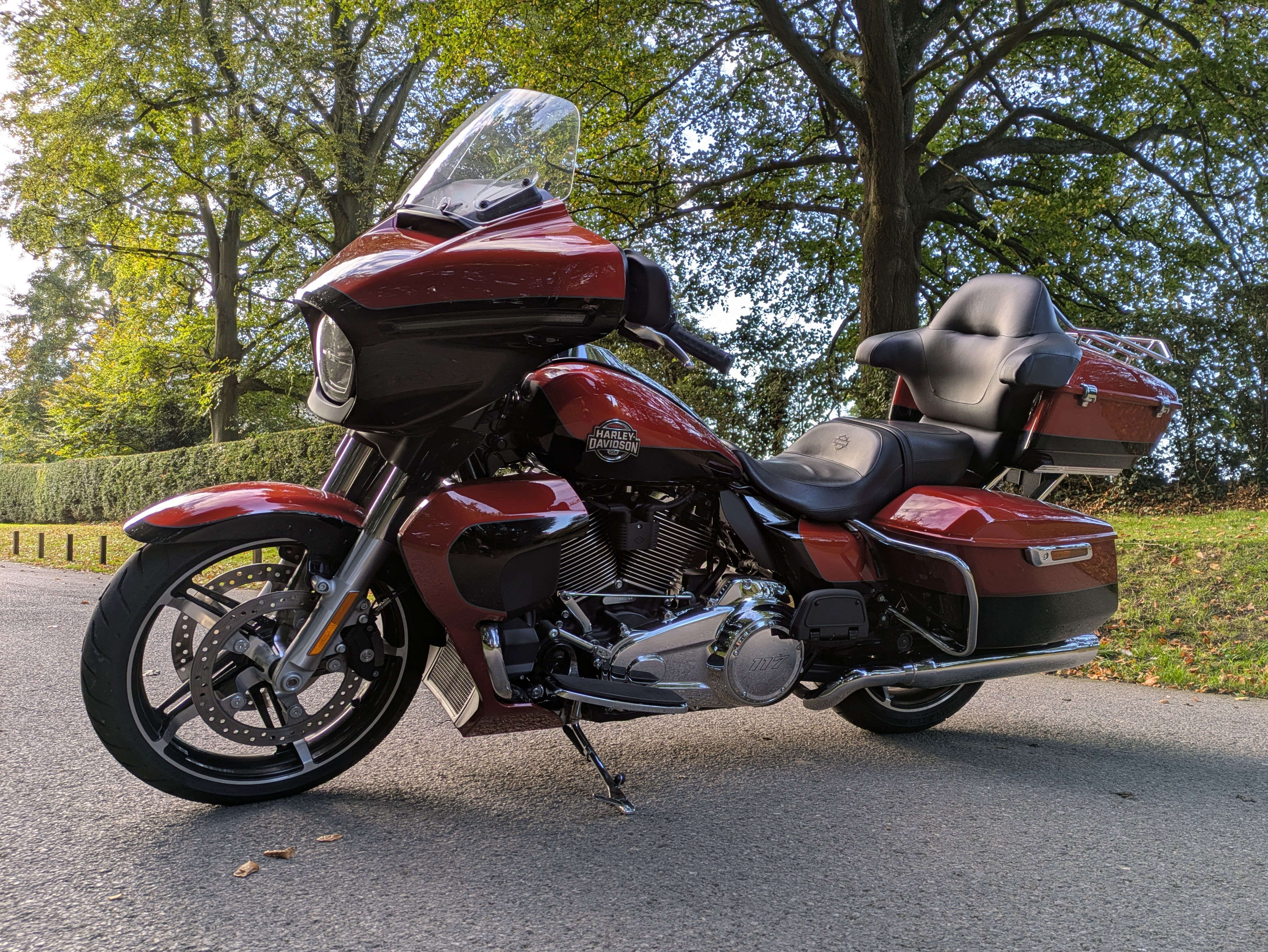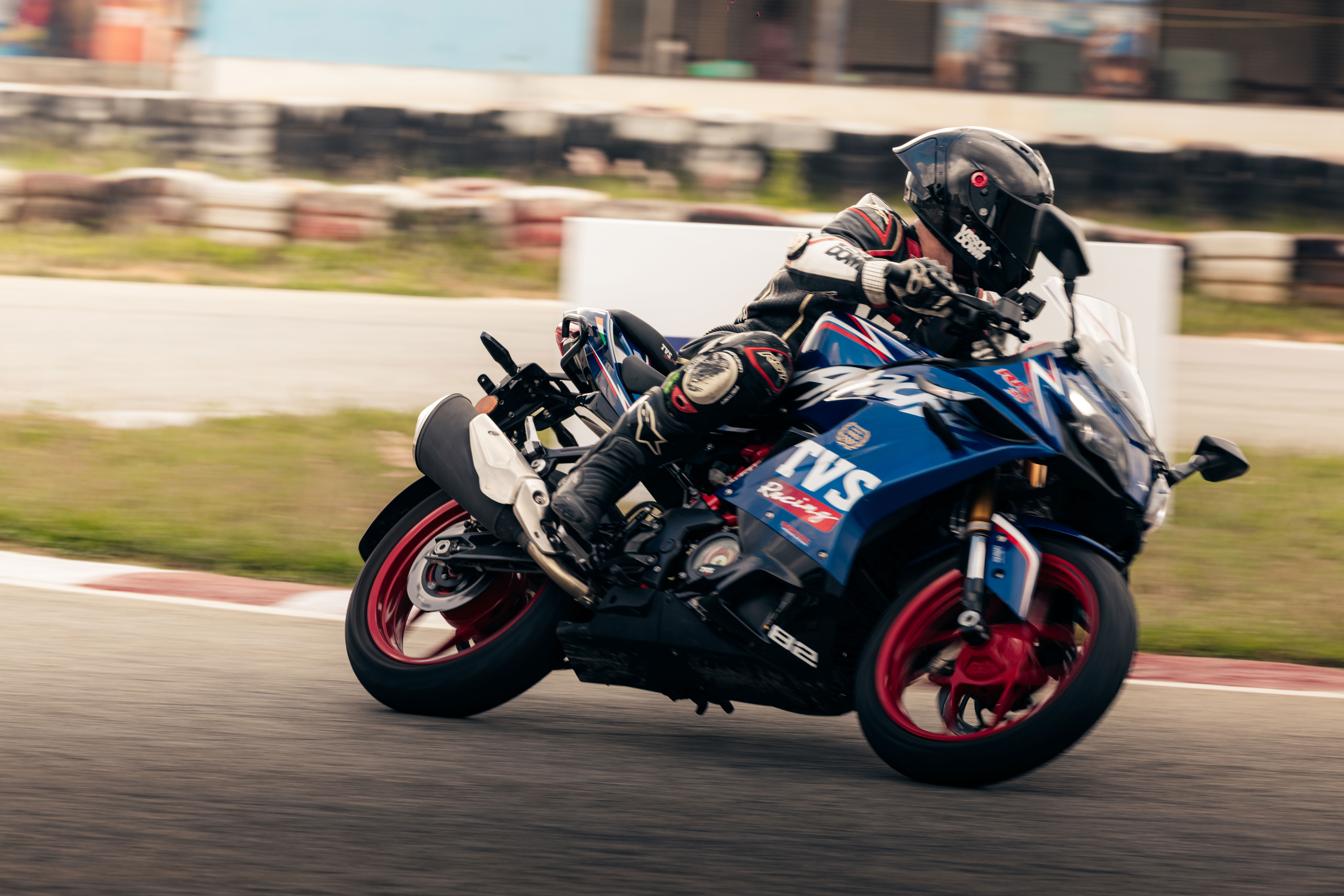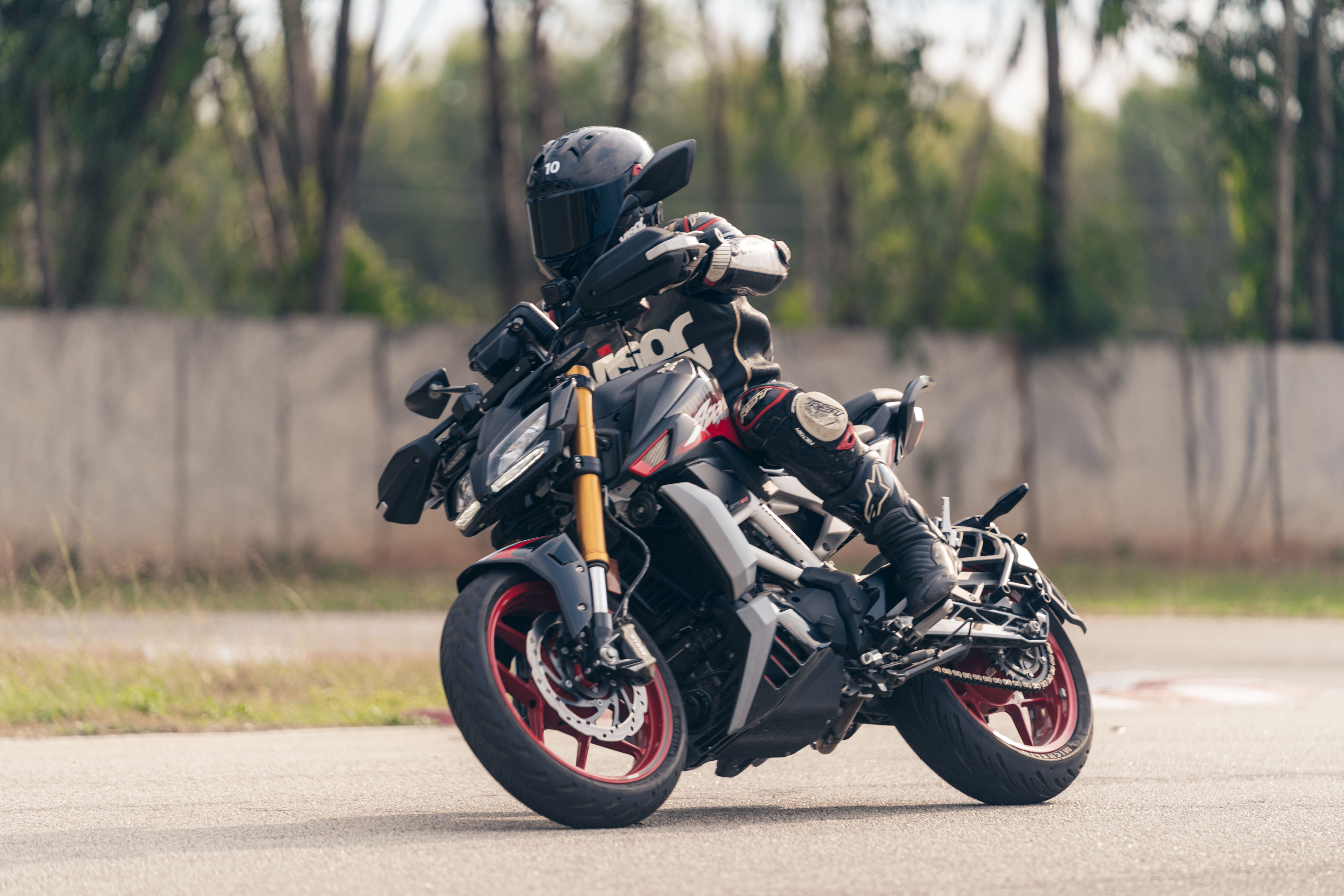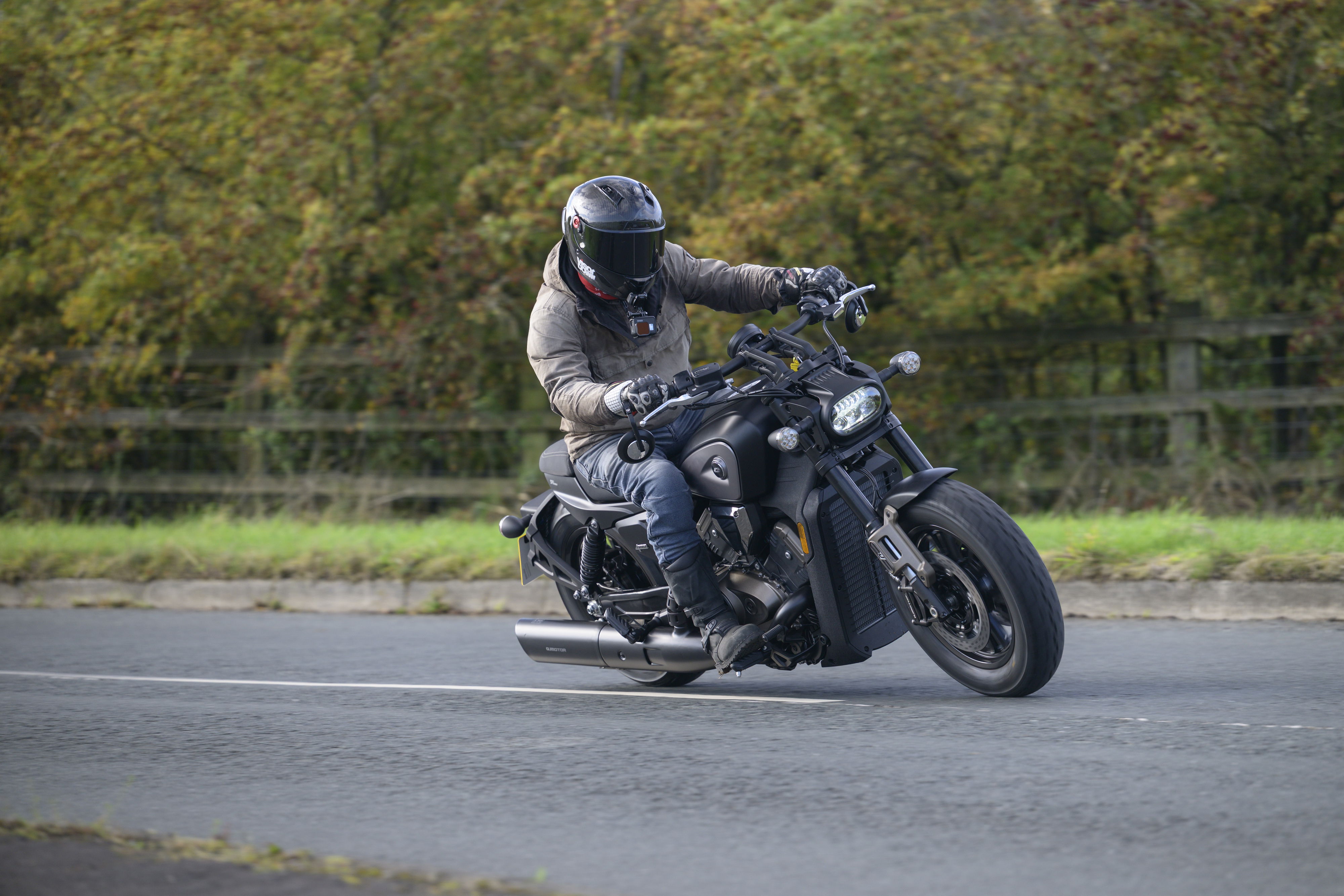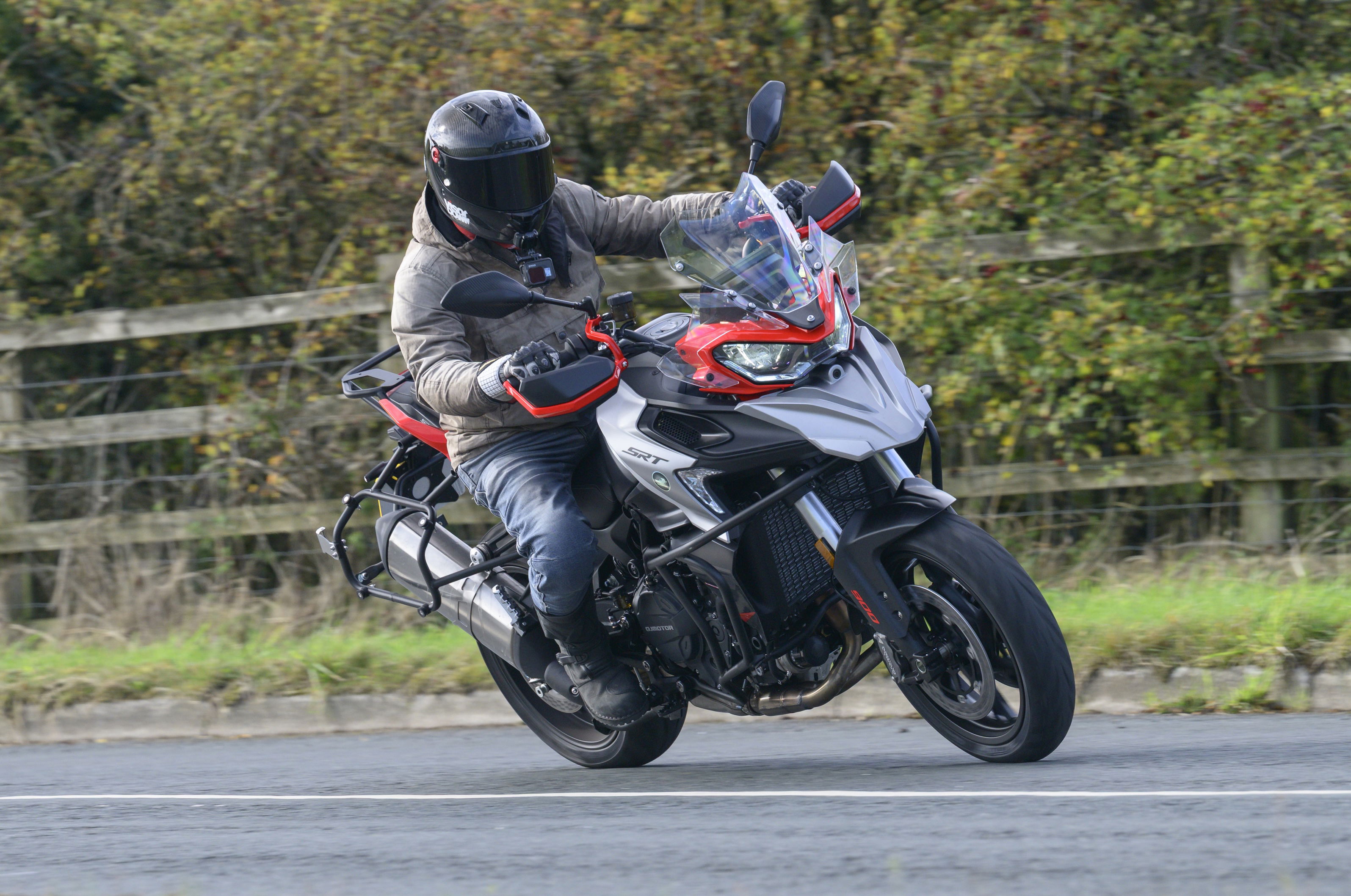GT650 Comet review
I’d expect to make a decent saving over those more established rivals before parting with my cash, but the Comet is worth a look

Of all the new bikes launched in 2004, Hyosung’s GT650 Comet may look ordinary, but it’s one of the most significant.
Even though it’s the spitting image of the original Suzuki SV650, the Korean firm haven’t just bought the engine from Suzuki like Cagiva did for their Raptor. The Comet, engine and all, was designed by Hyosung’s own Japanese-based R&D department, and is produced in Korea. Hyosung is doing exactly what the Japanese manufacturers did decades ago, using market leading models as inspiration.
And the Comet is just the start; the first of a wave of bigger machines to be launched over the next few years as Hyosung attempts to
follow car maker Hyundai and become seriously established in markets worldwide.
The Comet might not share any parts with the old-style SV650, but the influence is clear and its specification is almost identical. The Hyosung’s 647cc capacity comes from dimensions of 81.5 x 62mm, compared to the Suzuki’s 81 x 62.6mm. Both are powered by a DOHC, eight-valve V-twin motor, with liquid-cooling and cylinders at 90°. With a claimed maximum of 79bhp at 9000rpm, the Korean bike’s motor is 10bhp more powerful than the SV’s – on paper at least.
The Suzuki’s distinctive double-tube steel frame layout is also followed by the Hyosung, along with roughly similar geometry, upside-down forks and twin front brake discs. Having gone that far, Hyosung’s R&D crew presumably thought there wasn’t much point in trying to disguise their baby’s inspiration, so they went the whole hog and bolted on near-identical bodywork parts too. At least there’s no
mistaking the Hyosung name on the tank.
At 180kg dry, the Comet is 12kg lighter than the original SV, and its fairly low seat and slightly raised bars gave a similarly relaxed and manoeuvrable feel. The motor sounded encouragingly throaty through the big single silencer, and pulled cleanly and effortlessly enough from low revs.
The Comet didn’t have the low-rev grunt to lift its front wheel on the throttle as the SV motor would if I sat back a bit in the saddle, so it seems some bottom-end snap has been sacrificed along the way.
There’s plenty of life at the top-end, though, and the Comet pulled increasingly hard as the revs rose towards the 9000rpm mark on the black-faced tacho.
This bike only had 150 miles on the clock when I picked it up so I was being gentle with it, but the Hyosung’s rev-happy nature was clear, marred somewhat by more vibration than I recall from the SV unit. That wasn’t a problem on my fairly short test ride, but might become one on a longer trip, though the motor might become smoother when fully run-in.
The main area where the Comet was in need of improvement was its gear change. The six-speed box itself seemed a bit notchy, but the main trouble was simply that the gear lever was too short for my size 11 boot, resulting in a generally heavy feel and a few missed changes.
Less improvement is needed on the chassis, which gave a blend of light, agile handling and confidence-inspiring stability. Ride quality wasn’t exactly brilliant, and the suspension felt a bit harsh when
dealing with urban potholes, but I’m not sure the Comet coped any less well than the SV would have done under the same conditions. And the Hyosung’s 41mm forks, unlike those of the Suzuki, are adjustable for compression and rebound damping, so there’s even scope for fine-tuning on this budget bike.
The Korean Comet certainly handled well enough to deliver a bit of cornering entertainment, despite some pretty slippery roads, aided by the reliable Pirelli Diablo rubber on its neat 17-inch five-spoke cast wheels. There was plenty of ground clearance, and ample braking ability, too: powerful stopping from the twin 300mm front discs, plus a controllable rear disc.
Fit and finish seemed very acceptable for the budget, and details such as wide mirrors, under-seat storage and simple but effective instruments (round gauges for speedo, tacho and temperature, plus two low fuel warning lights) added to the bike’s useful feel.
As to the all-important question of whether the Comet is worth considering by someone looking to buy a brand new middleweight
V-twin? Well, maybe — if the gear change is improved, and if the price is right. At £3900 on the road the Korean bike is cheaper than its main rivals on list price, but you don’t have to look far to find new SV650s and Monster 620s discounted to under four grand.
Of all the new bikes launched in 2004, Hyosung’s GT650 Comet may look ordinary, but it’s one of the most significant.
Even though it’s the spitting image of the original Suzuki SV650, the Korean firm haven’t just bought the engine from Suzuki like Cagiva did for their Raptor. The Comet, engine and all, was designed by Hyosung’s own Japanese-based R&D department, and is produced in Korea. Hyosung is doing exactly what the Japanese manufacturers did decades ago, using market leading models as inspiration.
And the Comet is just the start; the first of a wave of bigger machines to be launched over the next few years as Hyosung attempts to
follow car maker Hyundai and become seriously established in markets worldwide.
The Comet might not share any parts with the old-style SV650, but the influence is clear and its specification is almost identical. The Hyosung’s 647cc capacity comes from dimensions of 81.5 x 62mm, compared to the Suzuki’s 81 x 62.6mm. Both are powered by a DOHC, eight-valve V-twin motor, with liquid-cooling and cylinders at 90°. With a claimed maximum of 79bhp at 9000rpm, the Korean bike’s motor is 10bhp more powerful than the SV’s – on paper at least.
The Suzuki’s distinctive double-tube steel frame layout is also followed by the Hyosung, along with roughly similar geometry, upside-down forks and twin front brake discs. Having gone that far, Hyosung’s R&D crew presumably thought there wasn’t much point in trying to disguise their baby’s inspiration, so they went the whole hog and bolted on near-identical bodywork parts too. At least there’s no
mistaking the Hyosung name on the tank.
At 180kg dry, the Comet is 12kg lighter than the original SV, and its fairly low seat and slightly raised bars gave a similarly relaxed and manoeuvrable feel. The motor sounded encouragingly throaty through the big single silencer, and pulled cleanly and effortlessly enough from low revs.
The Comet didn’t have the low-rev grunt to lift its front wheel on the throttle as the SV motor would if I sat back a bit in the saddle, so it seems some bottom-end snap has been sacrificed along the way.
There’s plenty of life at the top-end, though, and the Comet pulled increasingly hard as the revs rose towards the 9000rpm mark on the black-faced tacho.
This bike only had 150 miles on the clock when I picked it up so I was being gentle with it, but the Hyosung’s rev-happy nature was clear, marred somewhat by more vibration than I recall from the SV unit. That wasn’t a problem on my fairly short test ride, but might become one on a longer trip, though the motor might become smoother when fully run-in.
The main area where the Comet was in need of improvement was its gear change. The six-speed box itself seemed a bit notchy, but the main trouble was simply that the gear lever was too short for my size 11 boot, resulting in a generally heavy feel and a few missed changes.
Less improvement is needed on the chassis, which gave a blend of light, agile handling and confidence-inspiring stability. Ride quality wasn’t exactly brilliant, and the suspension felt a bit harsh when
dealing with urban potholes, but I’m not sure the Comet coped any less well than the SV would have done under the same conditions. And the Hyosung’s 41mm forks, unlike those of the Suzuki, are adjustable for compression and rebound damping, so there’s even scope for fine-tuning on this budget bike.
The Korean Comet certainly handled well enough to deliver a bit of cornering entertainment, despite some pretty slippery roads, aided by the reliable Pirelli Diablo rubber on its neat 17-inch five-spoke cast wheels. There was plenty of ground clearance, and ample braking ability, too: powerful stopping from the twin 300mm front discs, plus a controllable rear disc.
Fit and finish seemed very acceptable for the budget, and details such as wide mirrors, under-seat storage and simple but effective instruments (round gauges for speedo, tacho and temperature, plus two low fuel warning lights) added to the bike’s useful feel.
As to the all-important question of whether the Comet is worth considering by someone looking to buy a brand new middleweight
V-twin? Well, maybe — if the gear change is improved, and if the price is right. At £3900 on the road the Korean bike is cheaper than its main rivals on list price, but you don’t have to look far to find new SV650s and Monster 620s discounted to under four grand.
| Dryweight (kg) | 180 |
| Seats | 0 |
| Seat Height (mm) | 780 |
| Suspension Front | 41mm usd telescopic |
| Suspension Rear | Monoshock |
| Adjustability Front | preload and rebound damping |
| Adjustability Rear | preload adjustable |
| Tyres Front | 120/70 x 17in |
| Tyres Rear | 120/60 x 17in |
| Brakes Front | 2 x twin-piston calipers, 298mm discs |
| Brakes Rear | Single-piston caliper, 220mm disc |
| Tank Capacity (litres) | 17 |
| Wheelbase (mm) | 1435 |
| Rake (degrees) | 22.5 |
| Trail (mm) | 85 |
| Chassis | Steel tube |
| Cubic Capacity (cc) | 647 |
| Max Power (bhp) | 79 |
| Max Power Peak (rpm) | 9000 |
| Torque (ft/lb) | 50 |
| Torque Peak (rpm) | 7500 |
| Bore (mm) | 81.5 |
| Stroke (mm) | 62 |
| Valve Gear | DOHC |
| Cooling | liquid-cooled |
| Fuel Delivery | 2 x 39mm carburettors |
| Stroke Type | Four Stroke |
| Drive | Chain |
